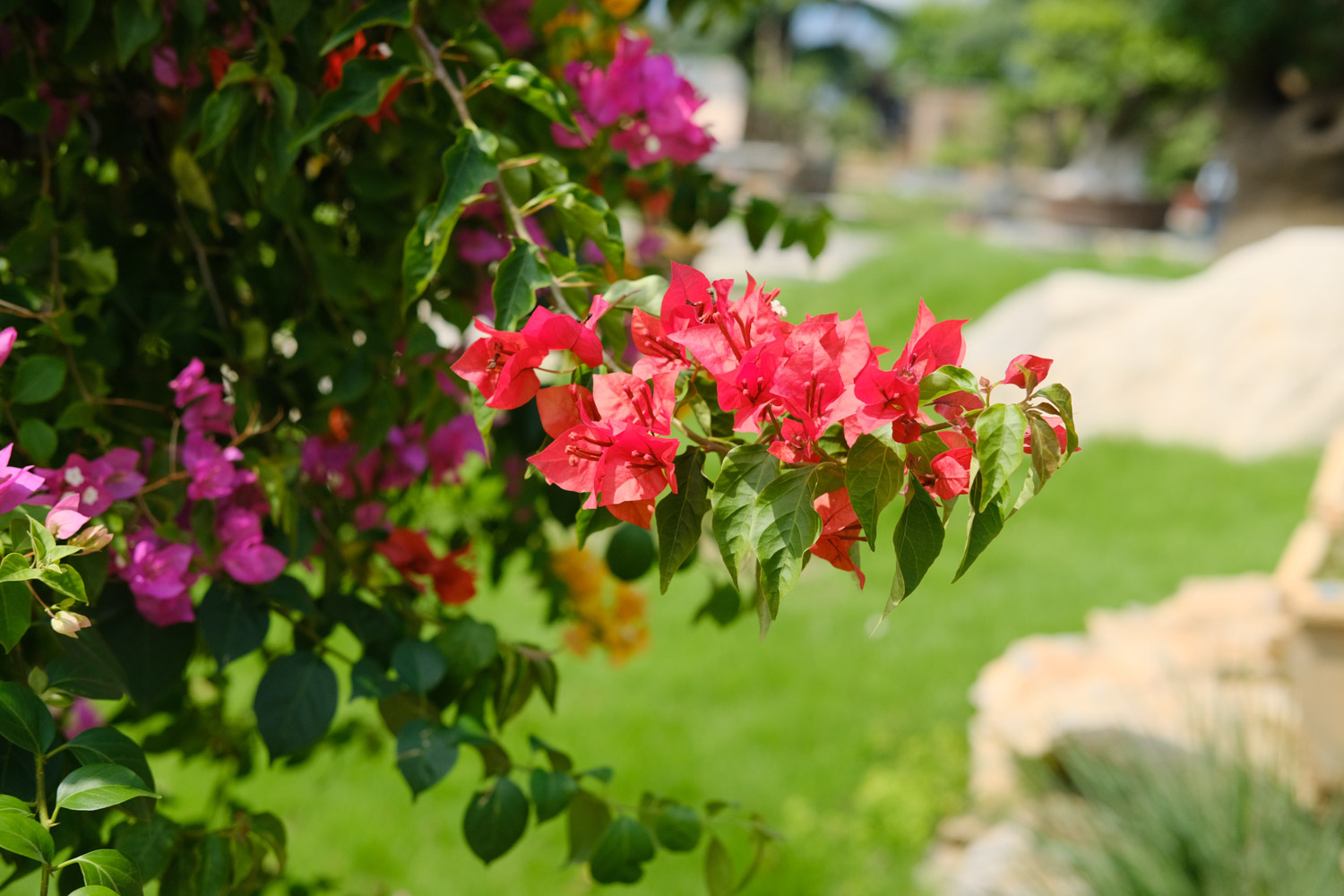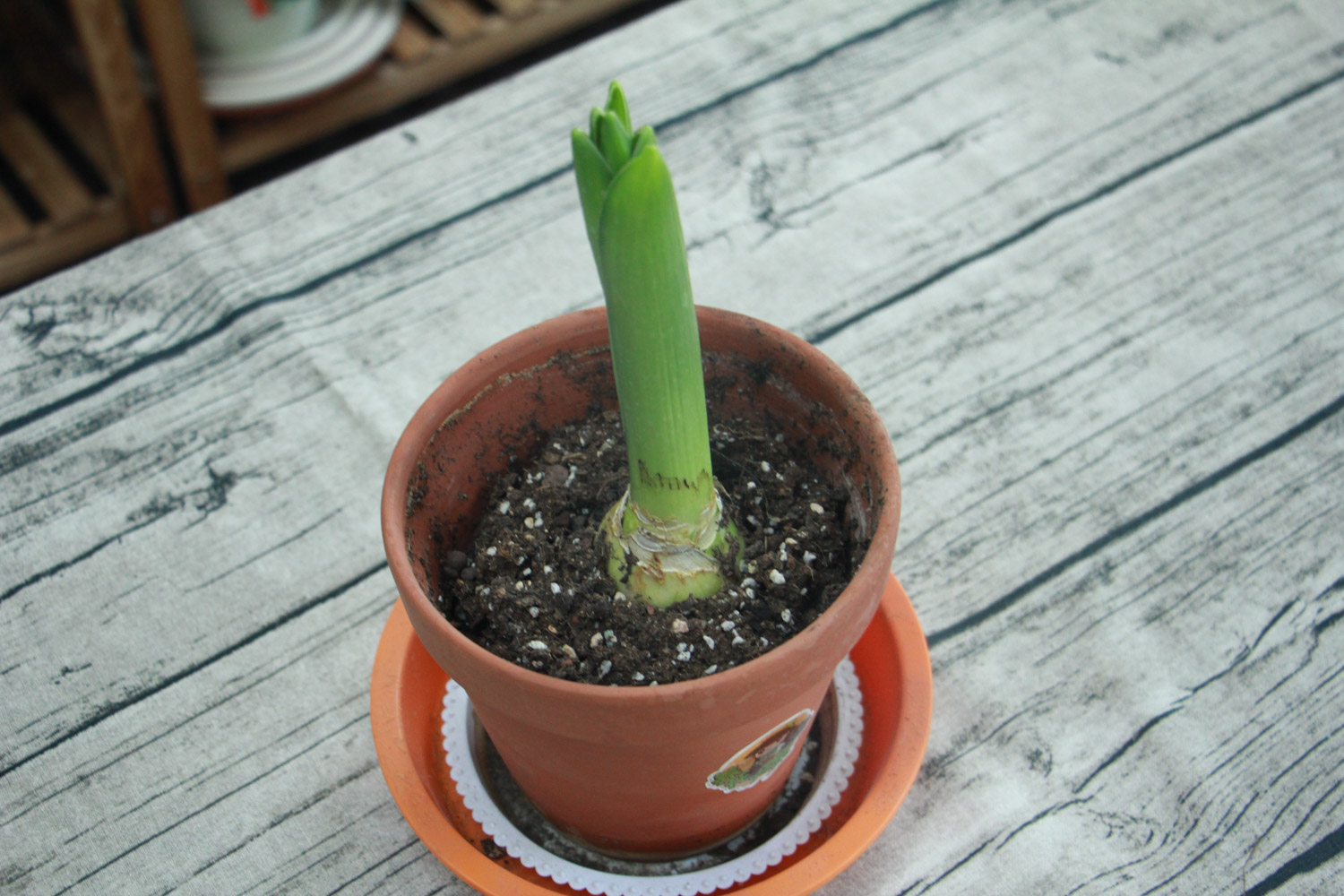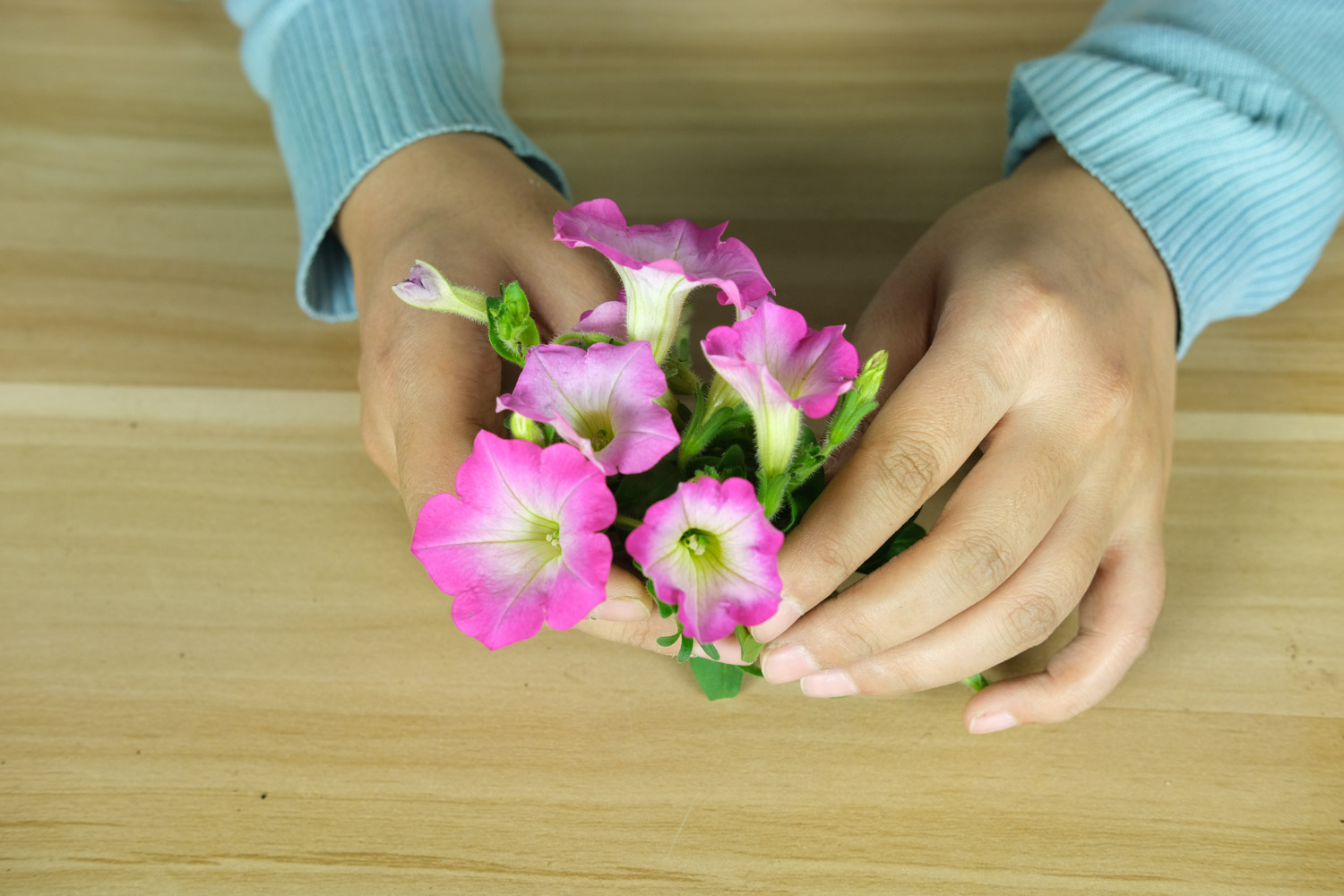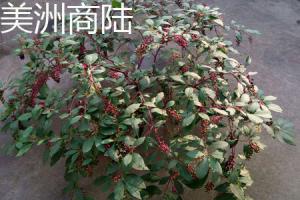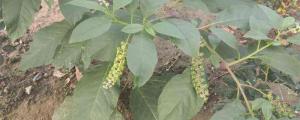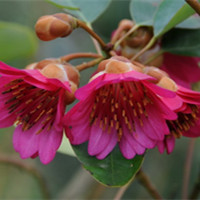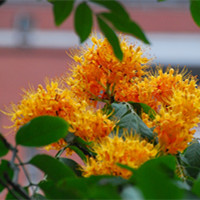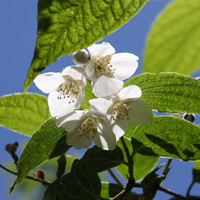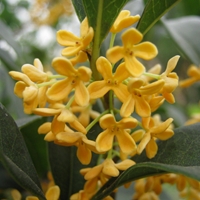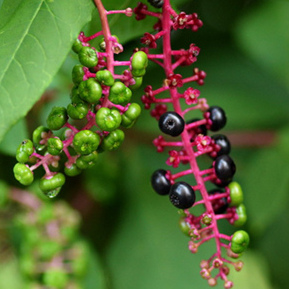Phytolacca
Phytolacca cinosa Roxb
Another name of Phytolacca
Zhangliu, amaranth, radish, jianzhongxiao, poured water lotus, jinqiniang, pig mother's ear, white hen
Phytolacca distribution
Phytolacca is widely distributed in the red soil hilly area south of the Yangtze River, mainly in North China and central China. At present, the main varieties distributed in China are Phytolacca and Phytolacca verticillata
Morphological characteristics of Phytolacca
Phytolacca is a perennial herb with no hair on the surface of the whole plant. It is a conical fleshy root, relatively thick, with light yellow or grayish brown outer skin and yellowish white inner surface; The stem of Phytolacca is upright, cylindrical, with longitudinal grooves on the surface. The stem is green in the young part and purplish red in the old part, with many branches; The leaf is oval and feels like thin paper. The top of the leaf is gradually pointed, and the base is wedge-shaped and narrow. Small white spots are scattered on the upper and lower surfaces of the leaf, and the midvein on the lower surface of the leaf is raised. Phytolacca is a spike, flowering in summer and autumn, with white flowers. There are eight free carpels. The berries are purplish black, oblate, in clusters
Phytolacca growth environment
Phytolacca has strong vitality and is distributed in plains, hills and mountains. It is common on the roadside, in front of and behind houses. Phytolacca likes warm and humid climate conditions, and the suitable growth temperature is between 14 ~ 30 ℃; After autumn, the aboveground part of Phytolacca will wither after falling leaves, while the underground succulent root can withstand the low temperature of - 15 ℃. When the next year is warm, the succulent root will germinate and give birth to the growth of the aboveground part; Phytolacca has strong adaptability to soil and no special requirements for soil. Basically, any soil can grow


